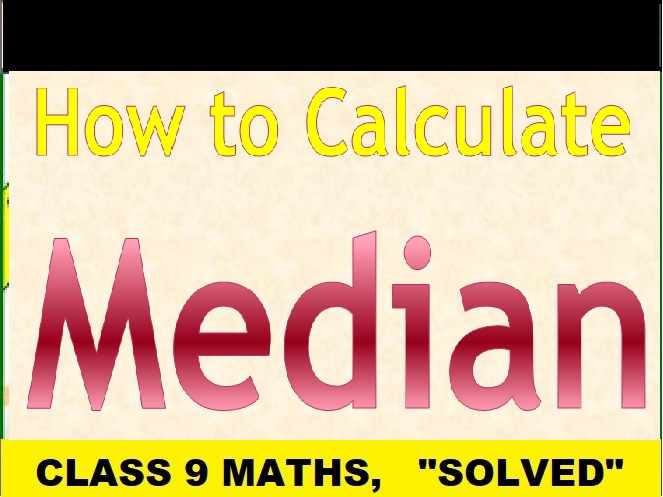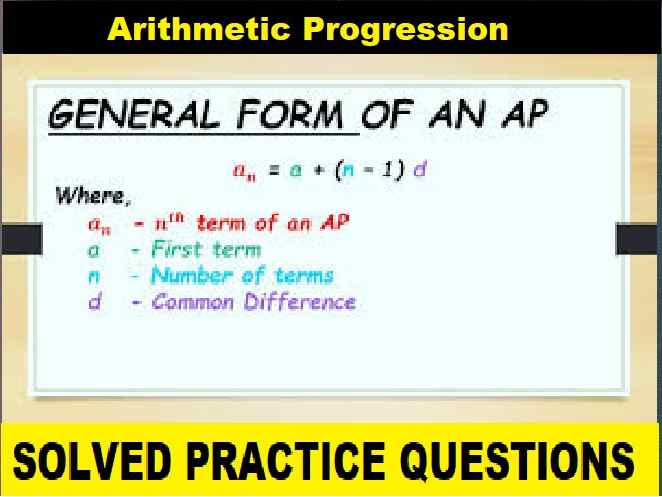Matter MCQs Class-6 Dalal Simplified ICSE Chemistry Solutions Chapter-3, Matter Dr Viraf J Dalal Middle School Allied Publishers Solutions. Chapter-3. We Provide Step by Step Solutions of Exercise/Lesson -3 Fill in the blanks, Match the following of Dr Viraf J Dalal Middle School Chemistry Allied Publishers. Visit official Website CISCE for detail information about ICSE Board Class-6.
Matter MCQs Class-6 Dalal Simplified ICSE Chemistry Solutions Chapter-3
| Board | ICSE |
| Class | 6th |
| Subject | Chemistry |
| Book Name | Dalal New Simplified |
| Chapter-3 | Matter |
| Unit-1 | Matter |
| Topic | Solution of exercise MCQs |
| Session | 2023-24 |
Objective Types Questions
Matter MCQs Class-6 Dalal Simplified ICSE Chemistry Solutions Chapter-3
Question: 1. Fill in the blanks with the correct word/s from the bracket:
1. From the three states of matter, …solids… [solids/liquids/gases] expand the least.
2. Brownian movement is maximum in …gases… [gases/solids/liquids].
3. Cohesive forces are negligible in …gases… [liquids/solids/gases].
4. Matter can change from one state to another by change in …temperature or pressure… [temperature or pressure/temperature only].
5. The space between atoms [molecules] of solids is …minimum… [minimum/maximum].
6. Intermingling of molecules is called …diffusion… [perforation/diffusion].
7. Ice on absorption of heat converts to ‘X’ a process called …melting… [vaporization/melting]. ‘X’ changes to water vapour on …heating… [heating/cooling]. Water vapour changes back to ‘X’ on …condensation… [freezing/condensation]. The constant temperature at which ice changes into ‘X’ called its …fusion point… [fusion point/melting point/boiling point].
Question: 2. State which of the following are physical properties of a substance:
Question: 1. Chlorine gas has a – strong irritating odour.
Answer: Physical
Question: 2. Sodium nitrate is soluble in water, but calcium carbonate is not.
Answer: Physical
Question: 3. Magnesium reacts with dilute hydrochloric acid, liberating hydrogen gas.
Answer: Chemical
Question: 4. Manganese dioxide, a catalyst which alters the rate of a chemical reaction, is black in colour.
Answer: Chemical
Question: 5. The melting point of ice is 0°C.
Answer: Physical
Question: 6. Lead chloride reacts with barium sulphate to give a white precipitate of lead sulphate.
Answer: Chemical
Question: 7. Water acidified with dilute sulphuric acid – is a good conductor of electericity.
Answer: Physical
Question: 8. Naphthalene on heating directly turns into vapour.
Answer: Chemical
Question: 9. Hydrogen sulphide gas has a – strong rotten egg odour.
Answer: Physical
Question: 10. Sulphur is a yellow amorphous powder – insoluble in water.
Answer: Physical
Question: 3. Match the characteristics of the three states of matter in List I with their correct answer from List II.
| List – I | List – II |
| 1. Are highly rigid & have a definite shape | A: Solids and gases only |
| 2. Have no definite shape | B: Solids only |
| 3. Have a definite volume but no definite shape | C: Liquids and gases only |
| 4. Are highly compressible and least rigid | D: Gases only |
| 5. Have no definite volume | E: Solids, liquids & gases |
| 6. Have no definite shape and volume | F: Liquids only |
| 7. Occupy space | G: Solids and liquids only |
| 8. Are not compressible | |
| 9. Are slightly compressible | |
| 10. Have mass |
Answer:
| List – I | List – II |
| 1. Are highly rigid & have a definite shape | A: Solids only |
| 2. Have no definite shape | B: Liquids and gases only |
| 3. Have a definite volume but no definite shape | C: Liquids only |
| 4. Are highly compressible and least rigid | D: Gases only |
| 5. Have no definite volume | E: Gases only |
| 6. Have no definite shape and volume | F: Gases only |
| 7. Occupy space | G: Solids, liquids and gases |
| 8. Are not compressible | H: Solids only |
| 9. Are slightly compressible | I: Liquids only |
| 10. Have mass | J: Solids, liquids and gases |
Question: 4. Match the arrangement of atoms in the three states of matter in List I with the correct state in List II.
| List – I | List – II |
| 1. Arrangement of atoms is far apart | A: Solids |
| 2. Force of attraction between atoms is very strong | B: Liquids |
| 3. Movement of atoms is in any random direction | C: Gases |
| 4. Particles diffuse very easily | |
| 5. Particles show movement about their own position |
Answer:
| List – I | List – II |
| 1. Arrangement of atoms is far apart | A: Gases |
| 2. Force of attraction between atoms is very strong | B: Solids |
| 3. Movement of atoms is in any random direction | C: Gases |
| 4. Particles diffuse very easily | D: Gases |
| 5. Particles show movement about their own position | E: Solids |
Question: 5. State the correct term from A, B, C, D, E or F in List II which represents the change of state of matter or its relevant property from List I.
| List – I | List – II |
| 1. Solids ‘X’ to a Liquids ‘Y’ | A: Condensation |
| 2. Liquids ‘Y’ to its vapour ‘Z’ | B: Vaporization |
| 3. ‘Z’ to ‘Y’ | C: Melting |
| 4. ‘Y’ to ‘X’ | D: Freezing |
| 5. The temperature at which ‘Y’ changes to ‘Z’ | E: Melting point |
| F: Boiling point |
Answer:
| List – I | List – II |
| 1. Solids ‘X’ to a Liquids ‘Y’ | A: Melting |
| 2. Liquids ‘Y’ to its vapour ‘Z’ | B: Vaporization |
| 3. ‘Z’ to ‘Y’ | C: Condensation |
| 4. ‘Y’ to ‘X’ | D: Freezing |
| 5. The temperature at which ‘Y’ changes to ‘Z’ | E: Boiling point |
—: End of Matter MCQs Class-6 Dalal Simplified ICSE Chemistry Solutions Chapter-3 :—
Return to – Dalal Simplified Chemistry for ICSE Class-6 Solutions
Thanks
Share with your friends.


